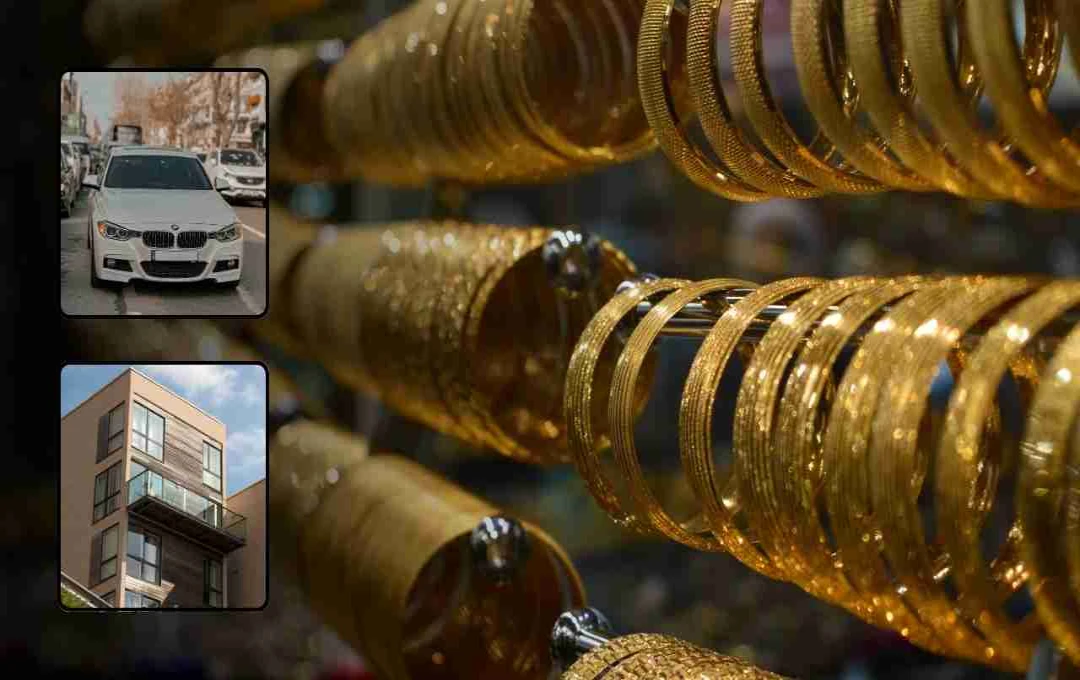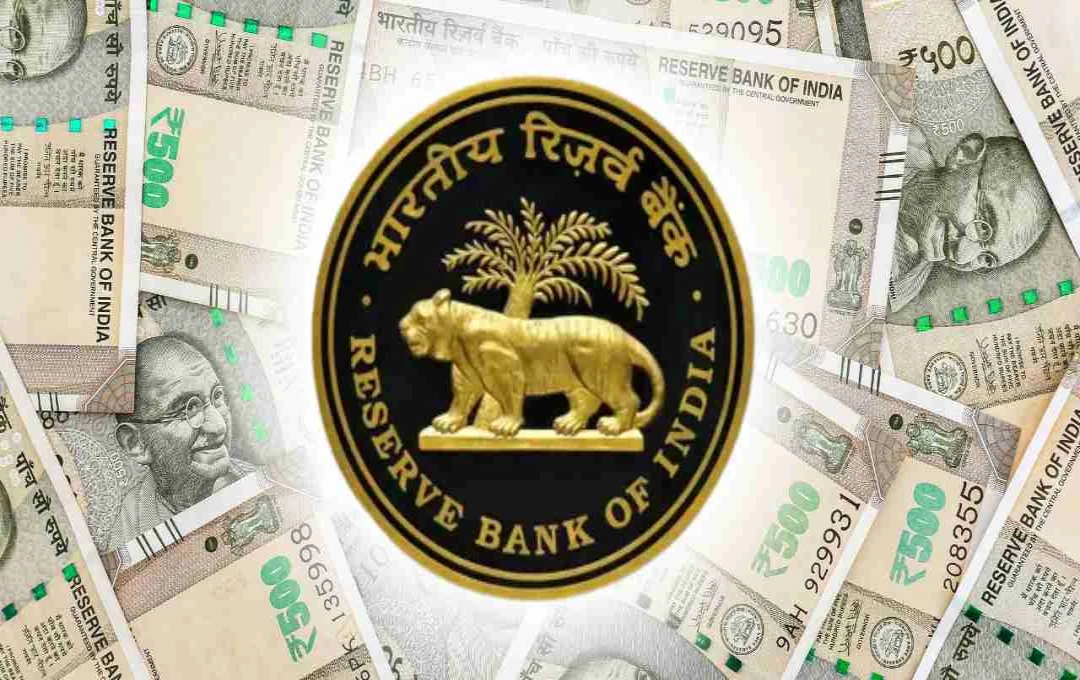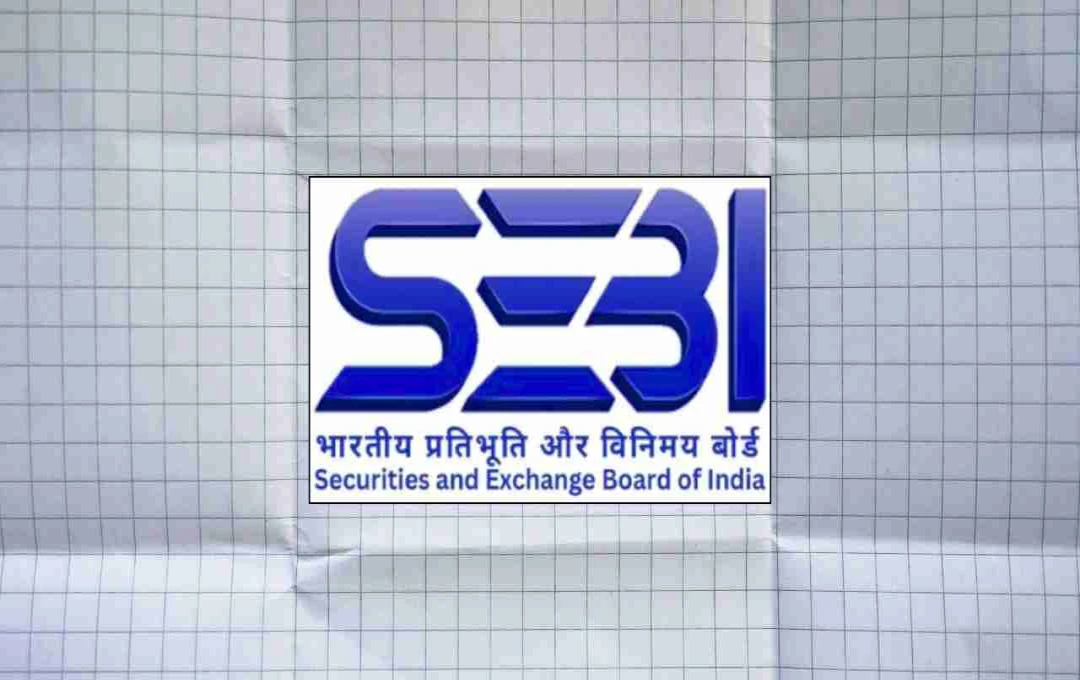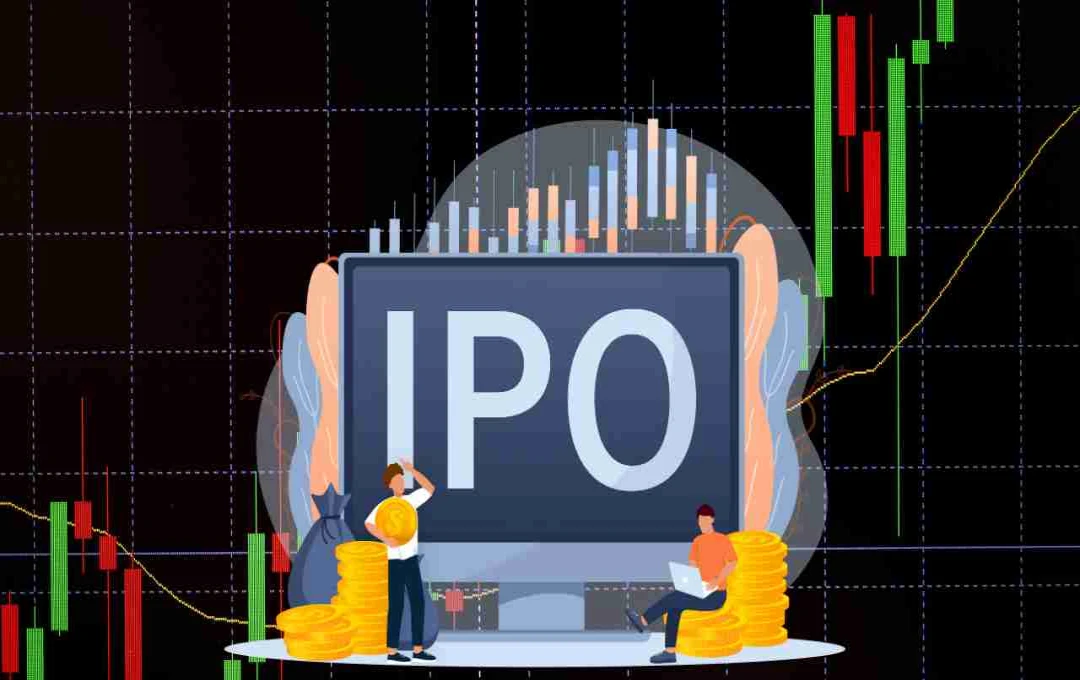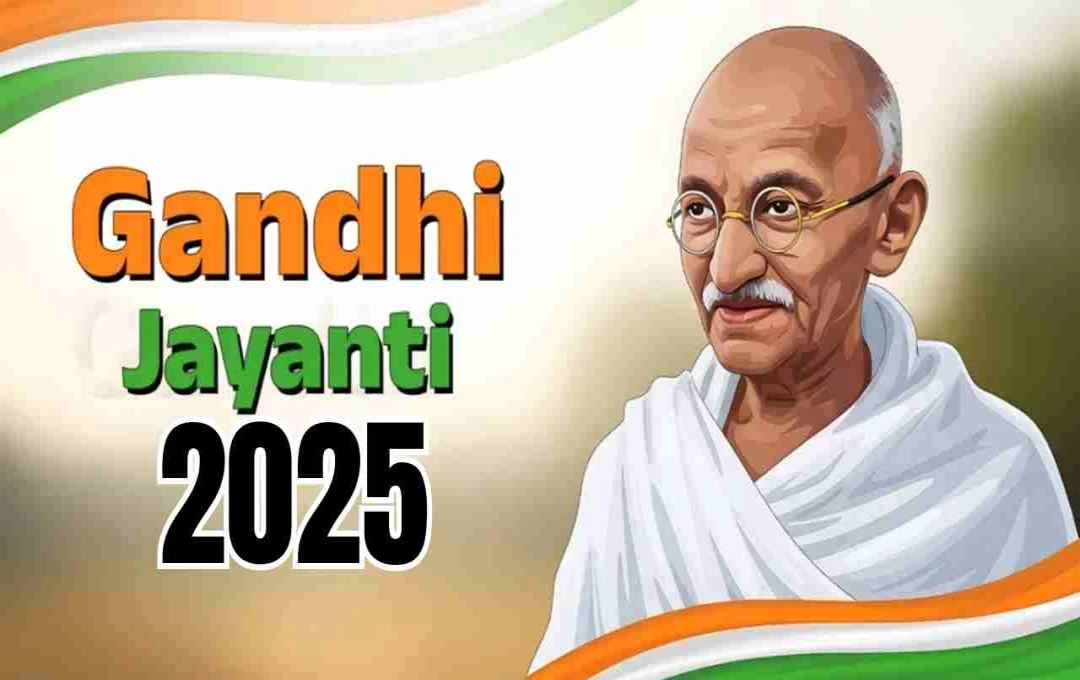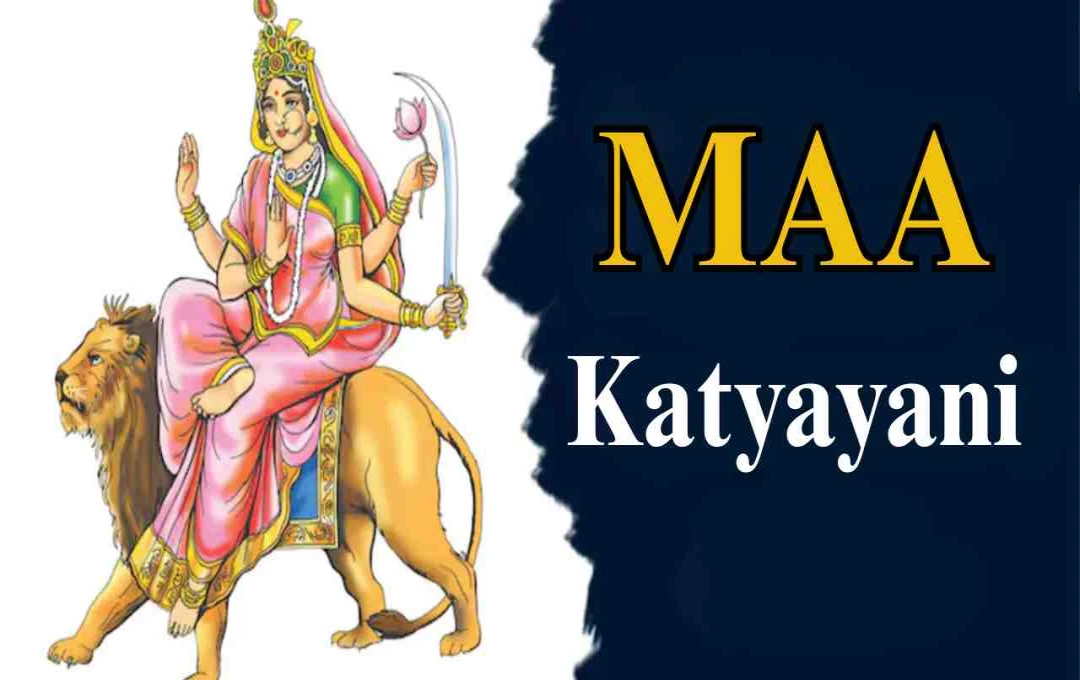According to wealth advisor Alok Jain, gold is not merely a means of preserving wealth, but also performs better during inflationary periods.
New Delhi: If you believe only real estate prices appreciate over time, this report might change your perspective. Wealth advisor Alok Jain recently shared a report comparing the prices of various goods from 1996 to 2025, not in rupees, but in terms of gold weight. The results are striking – many expensive items can still be purchased today for roughly the same number of grams or kilograms of gold as they could 30 years ago.
The main objective of this calculation was to demonstrate that gold not only safeguards assets but also outperforms inflation over time. This simply means that if you had invested your money in gold, your purchasing power would have remained the same, and in many cases, even improved.
One Flat, Two Eras, Same Gold Price
Alok Jain's assessment reveals that in 1996, a luxurious 4BHK apartment in South Delhi cost approximately ₹30 lakh. At that time, 1 kg of gold cost around ₹5 lakh. Therefore, the flat's price was equivalent to 6 kg of gold. Today, the same flat sells for ₹6 crore. Currently, 1 kg of gold costs approximately ₹1 crore. Thus, the flat can still be purchased for about 6 kg of gold.
This data clearly shows that gold has demonstrated the ability to keep pace with rapidly appreciating asset classes like real estate.
Even a BMW Became Cheaper (in Gold)
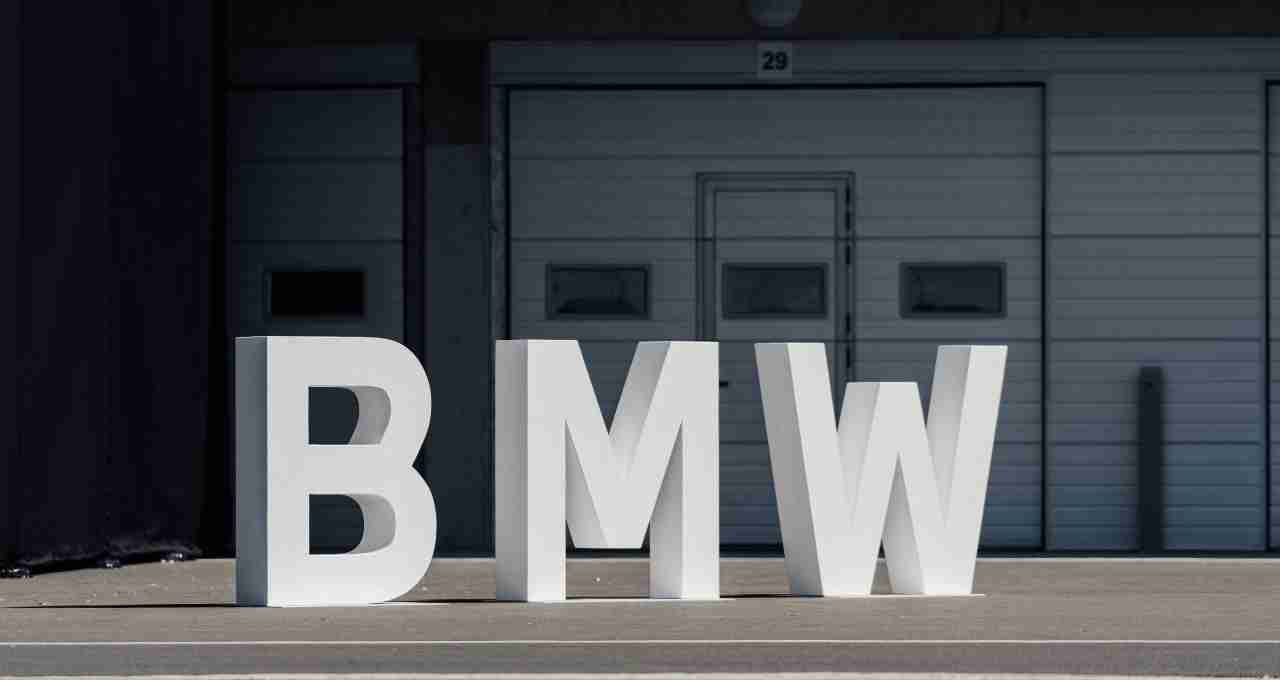
In 1996, a BMW 3 Series cost approximately ₹25 lakh, equivalent to about 5 kg of gold at the time. Now, the same car costs ₹60 lakh, but this price is equivalent to only 0.6 kg of gold today. This signifies that the price of gold has increased to the extent that a luxury car can be purchased for significantly less gold than in the past.
Gold's Strength in Dining, Travel, and Luxury
Alok Jain also compared everyday items based on gold value. In 1996, dinner at a 5-star hotel cost around ₹500, equivalent to 1 gram of gold at the time. Now, the same dinner costs approximately ₹7,000, but this is only equivalent to 0.7 grams of gold.
Similarly, a week-long European travel package for two people cost around ₹3 lakh in 1996, or 0.6 kg of gold. The same trip now costs ₹6 lakh, which is only 0.06 kg of gold.
This proves that items whose prices have doubled or tripled in rupees have become cheaper in terms of gold.
Gold Outpaces Inflation
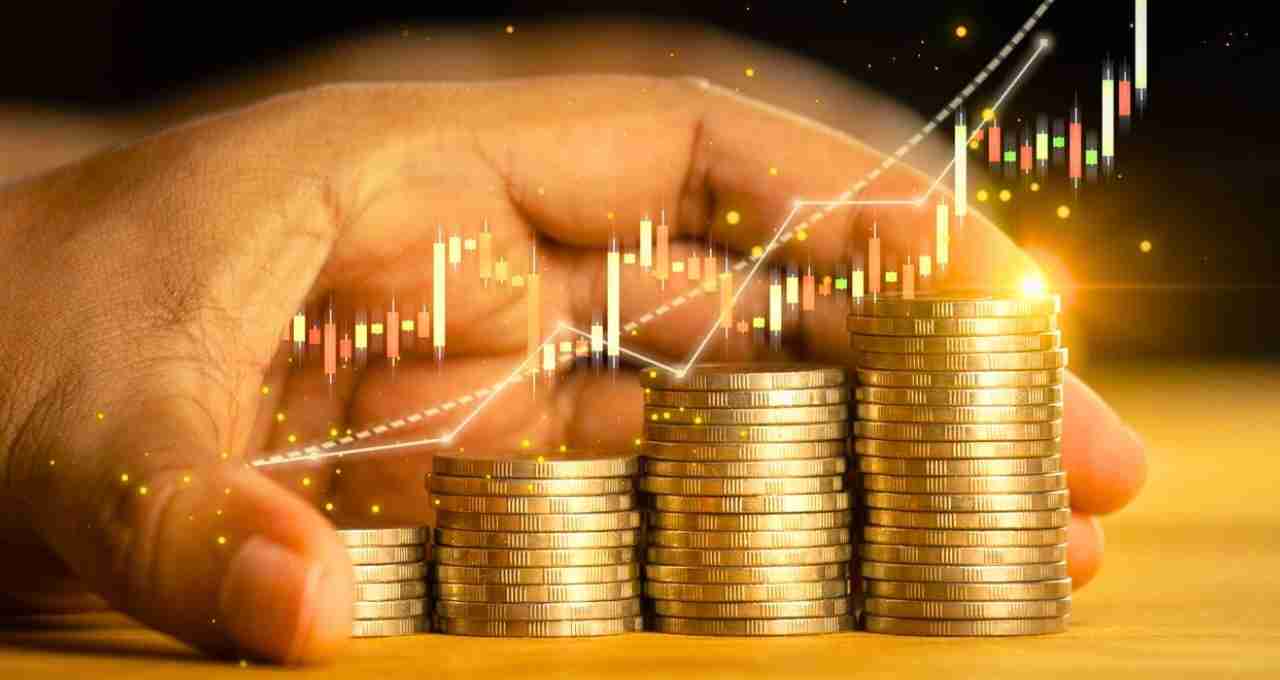
Inflation in India has grown at an average rate of 5 to 7 percent annually. However, gold has shown significantly greater growth over the past 30 years. For instance, in 1996, the price of 24-carat gold was approximately ₹5,000 per 10 grams. Now, it has increased to ₹1,00,510 per 10 grams – a nearly 20-fold increase. While the rupee has weakened over these years, gold's purchasing power has strengthened.
More Than a Safe Investment; an Appreciating Asset
Alok Jain clarified in his post that he is not making predictions but demonstrating how investing in gold maintains purchasing power over time. According to him, while inflation and currency devaluation diminish the value of money, gold outperforms them.
It is not just an investment option but a crucial means of securing the future. Gold's greatest advantage is that it is viewed as a global currency and its demand remains consistent even during times of global instability.
Expert Opinion
Financial experts believe that gold's strength is not limited to India. It is considered a safe haven investment worldwide. Whenever the stock market falls or a global crisis occurs, investors turn to gold. This is why its price shows both stability and growth.
Experts believe that including gold in a portfolio is beneficial in the long term. It not only protects against inflation but also provides stability in volatile markets.
